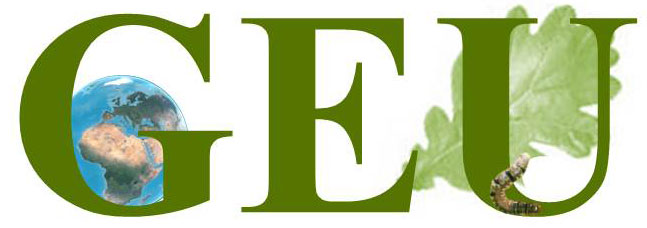

Afforestation is considered an effective strategy for increasing carbon sequestration and mitigating climate change and it has undoubtedly increased C stored in biomass. Afforestation has been widely implemented in many countries since the 1990s, increasing the area of planted forests globally by about 1.05 × 108 ha Picture by Pixabay
Afforestation is the term used to refer the establishment of forests where previously there have been none, or where forests have been missing for a long time and has been proposed as an efficient method for removing carbon dioxide and mitigating climate change. The success of the goals of mitigation, however, depends on both the area of trees planted and the potential for carbon (C) sequestration of each afforestation. However, afforestation-induced changes in soil organic C (SOC) are poorly quantified due to the paucity of large-scale sampling data.
In a new study published in the journal Nature plants authors provide the first comprehensive assessment of the afforestation impact on SOC stocks with a pairwise comparative study of samples from 619 control-and-afforested plot pairs in northern China.
Authors found context-dependent effects of afforestation on SOC: afforestation increases SOC density (SOCD) in C-poor soils but decreases SOCD in C-rich soils, especially in deeper soil. Thus, the fixed biomass/SOC ratio assumed in previous studies could overestimate the SOC enhancement by afforestation. “By extrapolating the sampling data to the entire region, we estimate that afforestation increased SOC stocks in northern China by only 234.9 ± 9.6 TgC over the last three decades. The study highlights the importance of including pre-afforestation soil properties in models of soil carbon dynamics and carbon sink projections” explained Dr. Hong from the Sino-French Institute for Earth System Science, College of Urban and Environmental Sciences, Peking University, China.
The results of the study strongly suggest that estimated afforestation C sink potentials that do not account for background soil C stocks or the potentially negative effects of afforestation is overly optimistic. The authors claim that these findings also indicate that the assumption of a fixed ratio between soil and biomass C, which has been widely used in previous studies for estimating soil C stocks is unreliable.
“According to this study pre-afforestation soil properties and original vegetation type need to be included in models of soil carbon dynamics; and extensive global-scale field investigations are required to improve the estimation of soil carbon stocks. Furthermore, the dependence of soil C changes on background soil C and tree species highlights the importance of site and species choices for maximizing afforestation C sequestration” said Prof. Josep Penuelas from CREAF-CSIC Barcelona.
Reference: Hong, S., Yin, G., Piao, S., Chen, A., Cong, N., Dybzinski, R., Peñuelas, J., Zeng, H. 2020. Divergent responses of soil organic carbon to afforestation. Nature Sustainability, doi: https://doi.org/10.1038/s41893-020-0557-y.
